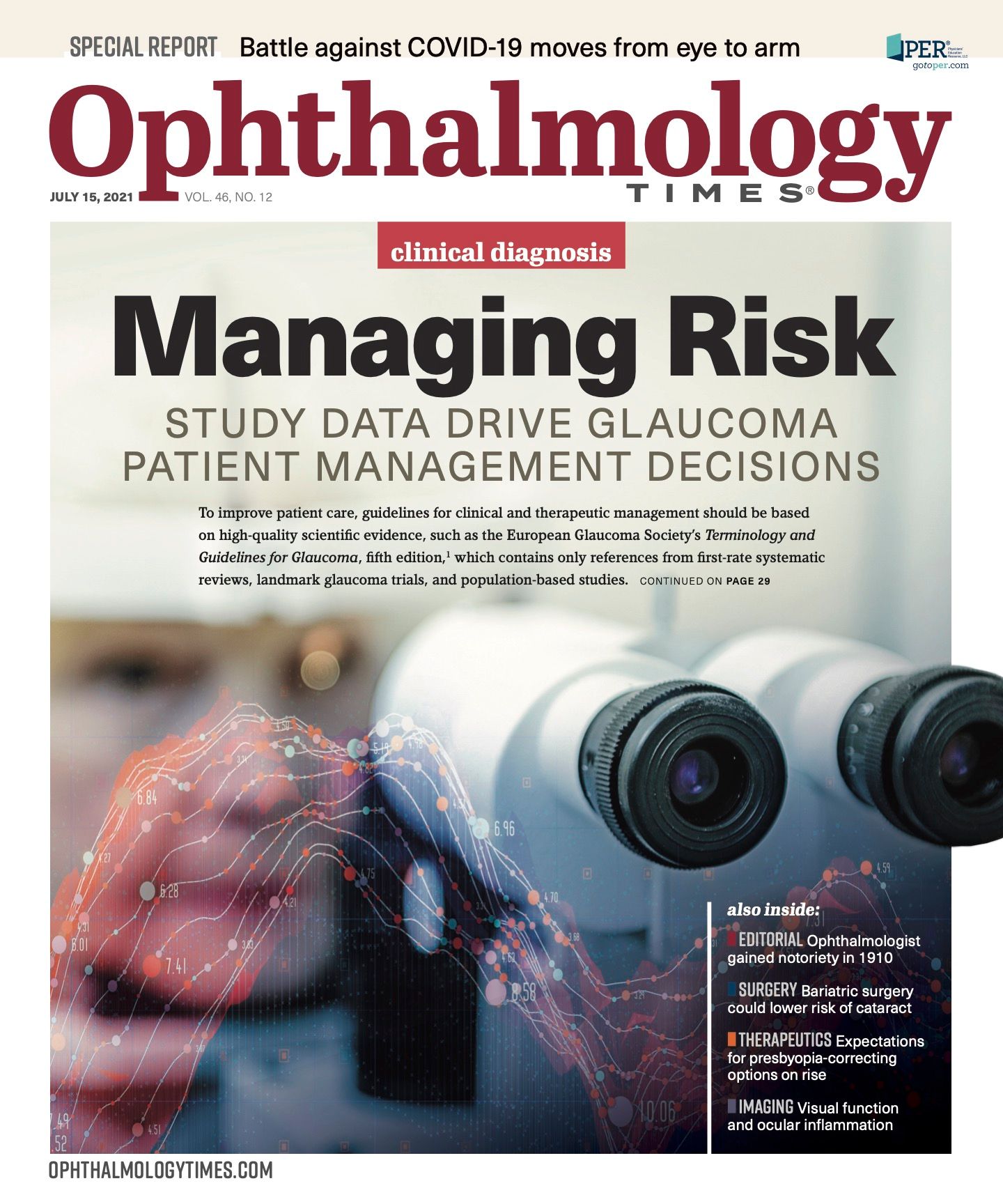Publication
Article
Digital Edition
CRISPR technology: A hot topic in gene therapy
Author(s):
Cotargeted therapy could help combat inherited retinal diseases.

Reviewed by Erin R. Burnight, PhD
The latest research in the area of clustered regularly interspaced short palindromic repeats (CRISPR) technology may provide a paradigm to accelerate the development of CRISPR–associated protein 9 (CRISPR-Cas9) therapies to correct patient-derived induced pluripotent stem cells in inherited retinal dystrophies, according to Erin Burnight, PhD, associate research scientist in the Department of Ophthalmology and Visual Sciences at the University of Iowa Carver College of Medicine in Iowa City.
Although the ability to select for corrected disease-causing variants is effective in establishing disease models and developing cell therapies for inherited retinal diseases, there is a shortcoming, Burnight said:
In some cases, placement of the selection cassette can interfere with the expression from the targeted locus.
Related: AAVCOVID vaccine: A combination of factors harnessing COVID-19
In light of this, she and her colleagues theorized that they could address this interference at the intended locus using a cotargeting strategy that would delivering CRISPR-Cas9 reagents to 2 locations. One targeted the locus of interest; the second, a separate locus.
“Thus, this approach produced a cotargeting strategy using the adeno-associated virus vector [AAVS1] safe harbor site as the selection locus,” she said.
How they did it
The investigators reported that they made a plasmid carrying a Streptococcus pyogenes Cas9 expression cassette and single-guide RNA expression cassettes that targeted the locus of interest and the AAVS1 site. Five sites in total were targeted: CRX, GRK1, VSX2, USH2A, and CEP290.
Related: Targeting human retinal progenitor cell injections for RP
The CRISPR-Cas9 expression plasmid, a donor template carrying homologous sequence to the locus of interest, and a donor template carrying a puromycin selection cassette flanked by AAVS1 homology sequence were delivered to human cells via cationic lipid transfection and cultured under puromycin selection for 10 to 14 days.
Genomic DNA was isolated from puromycin-resistant clones and screened for modification at the locus of interest via polymerase chain reaction.
The investigators successfully cotargeted the 5 sites, and the efficiency of the cotargeting effort varied by locus, Burnight said.
Related: Study: Gene therapy could preserve vision in patients with retinal disease, serious retinal injury
“We cloned and screened single-guide RNAs targeting at the 5 loci. We achieved successful cotargeting at all 5 loci as revealed by amplification of donor-target junctions and RFLP [restriction fragment length polymorphism] analysis,” she said. “The clonal analysis at CRX, GRK1, and VSX2 showed cotargeting in 5%, 20%, and 35% of puromycin-resistant clones, respectively.”
The investigators concluded that their results may provide a paradigm to develop CRISPR-Cas9 treatments for inherited retinal dystrophies.
---
Erin R. Burnight, PhD
E: erin-burnight@uiowa.edu
This article is adapted from Burnight’s presentation at the Association for Research in Vision and Ophthalmology 2021 virtual annual meeting. She has no financial interest in this subject matter.

Newsletter
Don’t miss out—get Ophthalmology Times updates on the latest clinical advancements and expert interviews, straight to your inbox.




